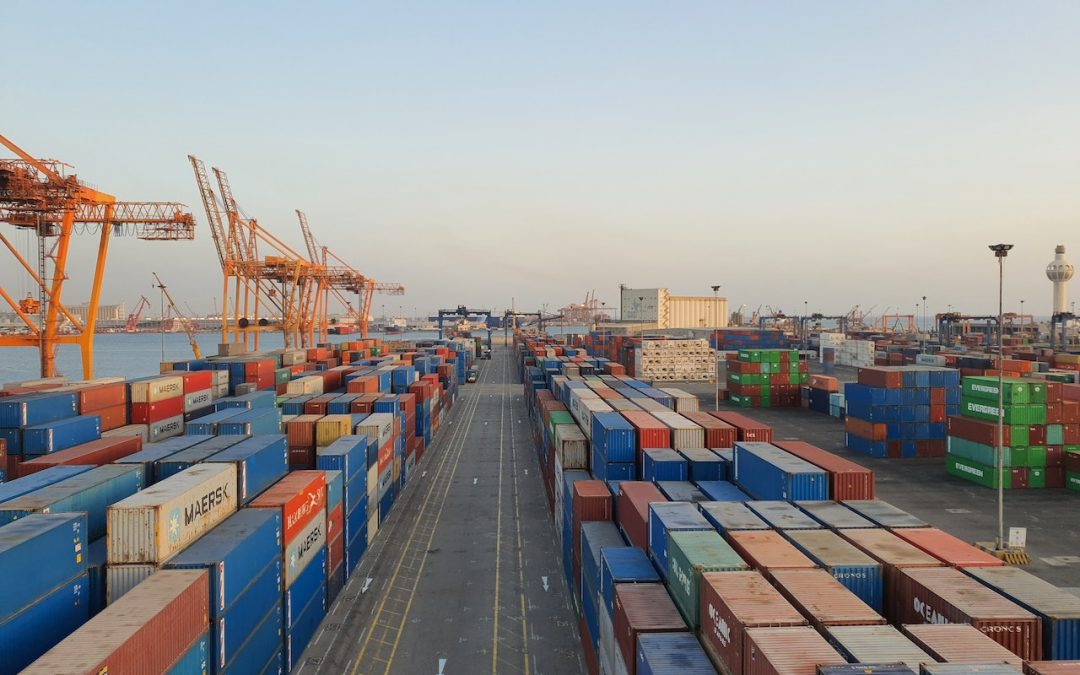Do you sometimes feel like you’re stepping into an alternative world when you hear ‘freight language’? There’s a lot of word jargon, acronyms and unfamiliar lingo to get to grips with. It’s easy to feel alienated!
At Millenium Cargo, we’re a friendly bunch and we don’t want you to feel intimidated or deterred by freight lingo.
So we’ve gone ahead and decoded the most commonly used terms so you can feel like a freight word master and understand what everyone’s talking about!
#1 FCL
Stands for ‘Full Container Load’. Refers to containers on shipping freight. When a container of any size is filled to full capacity it is called a full container load. As opposed to a container that is only partially filled (more on that next).
#2 LCL
Means ‘Less Than Container Load’. As before, used regarding ocean freight when a shipping container of any size is only partially filled with goods.
#3 Bill Of Lading
A Bill of Lading, sometimes called BoL, is one of the necessary documents required to carry out both domestic and international transport of goods.
There’s plenty of documentation when moving items from one place to another, but one of the most important is the Bill of Lading. Without it, you won’t be able to get your cargo to where it needs to be.
A BoL is essentially the contract between all the parties involved in the movement of the cargo.
The BoL document states the following:
- What is being shipped, from whom and to where
- Terms and conditions of freight
- Proof of ownership whilst the goods are in transit
There’s plenty more info about this critical freight document, for a more detailed overview take a look at our recent post, ‘Bill Of Lading – What Is It, Why Does It Matter & How Do You Get One?’
#4 Incoterms
Incoterms is the name given to the set of 11 internationally recognised rules for exports.
The rules lay out and cover who is responsible for paying for and managing the shipment, insurance, documentation, customs clearance and other logistical activities.
Incoterms define the responsibilities of each party and clarify the tasks, costs and risks for the buyers and sellers involved in the transaction of freight.
They’re followed the world over by buyers and sellers involved in export transactions in order to leave no issues unresolved.
#5 POD
Stands for ‘Proof of Delivery’. This is documentation that’s signed by the recipient of the cargo to confirm the safe delivery of items in good condition. The POD helps to minimise disputes over if and when cargo was delivered.
#6 COI
Short for ‘Certificate of Insurance’. The document that states and represents the type and amount of insurance cover on freight. Assures the buyer that insurance is provided to cover loss of or damage to the cargo while in transit.
#7 Shipping Terms
The terms negotiated between the buyer and seller. There are two shipping terms which are legal in contract law: FOB Shipping Point and FOB Destination. FOB stands for ‘Free On Board’.
The FOB Shipping Point is the point at which the seller places cargo onto a carrier and pays the freight charges, at which time the inventory transfers over to the buyer, aka FOB Destination.
In layman’s terms, these shipping terms determine who owns and records inventory at each stage of transporting goods. It helps to prevent arguments over who owns the cargo while in transit between one destination and another.
#8 THC
Stands for ‘Terminal Handling Charges’. These are unavoidable fees charged by the terminal authorities at different ports. If you want to get your goods from one port to another, you’ll have to pay THC.
The fees cover services provided by the port you use from equipment handling, positioning, maintenance, storage and discharging of containers. The fee you pay will vary from one port to another and one country to the next.
#9 WM
The acronym for Weight Measure. WM is a standard rate to charge for freight. It essentially refers to the weight and measurement of cargo to be transported for the purpose of providing a quote.
For example, standard sea freight is calculated per metric ton (1000kg) or per cubic meter – whichever is greater. This allows carriers to give a quote for the cost of freight that’s standard for all parties.
#10 TEU
Acronym for ‘Twenty Equivalent Unit’ which refers to the smallest shipping container measuring 20ft.
Shipping containers can measure 20ft or 40ft in length, but TEU is the standard measurement used by the logistics industry to avoid confusion and standardise ship capacity.
Therefore the number of containers a ship or terminal can hold is translated in TEU, so a 40ft container would be known as 2 TEUs.
So there you have it – the ten most commonly used logistic terms decoded!
Are there other terms you’re unsure of? Do you still have questions about logistics lingo?
Get in touch with our knowledgeable team today for further guidance and acronym advice. We love sharing about all things freight.

